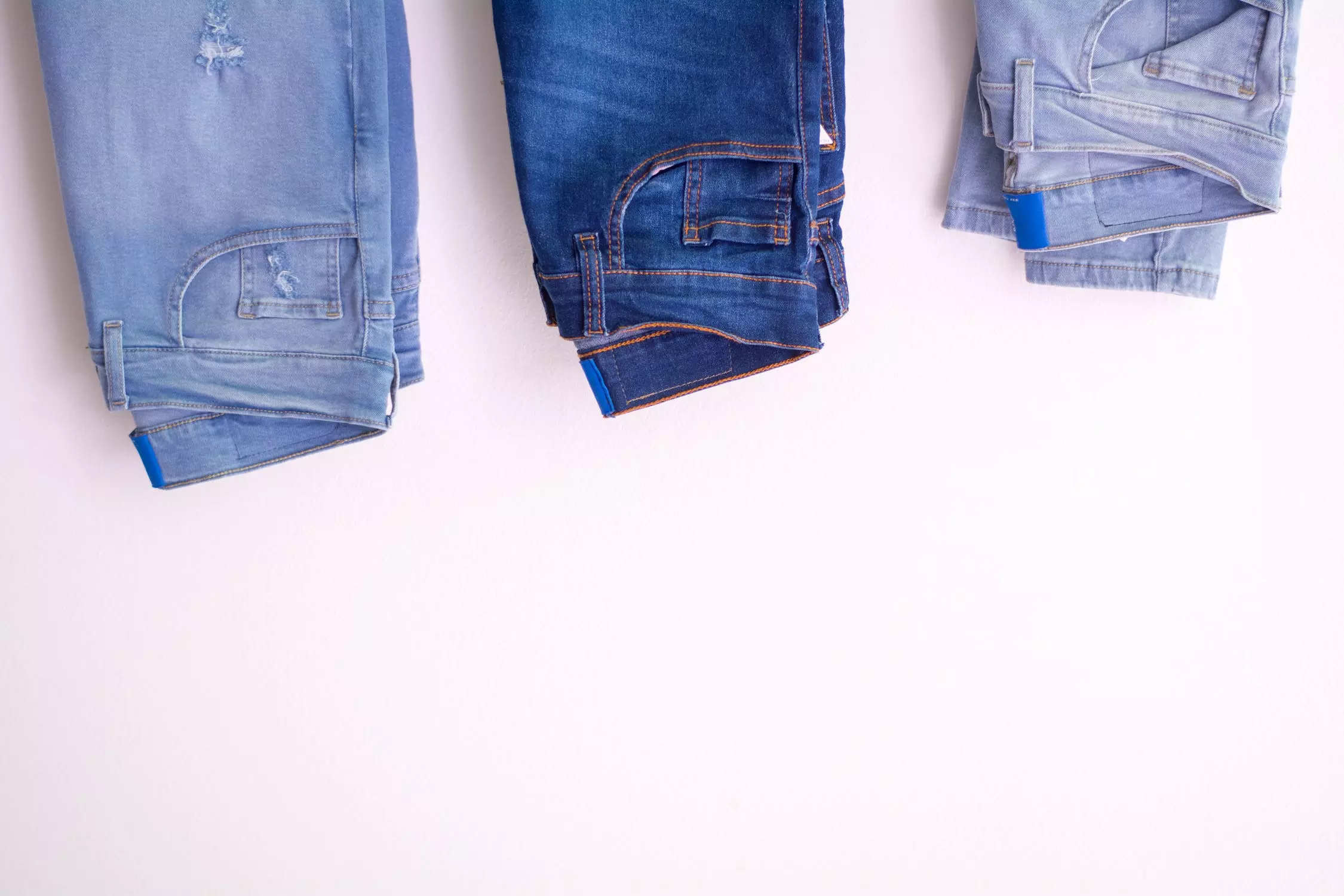Comments (2)
Nigel P
Excellent article
Martin Hicks
I don't really pay attention to labels and I am sure I am not the only one unless it's food.

Most garments have different types of labels such as the brand label, size label, care label with fabric content and country of origin label.
There are no information about how and under which conditions a piece is made that could foster greater transparency or proof the concept of sustainability.
Unlike the food industry, where transparent labelling is a legal requirement, within fashion it’s much murkier. No additional information about the manufacturing process or environmental impact is needed.

A number of brands in the sustainable space are trying to include more information about their products, by introducing labels that detail carbon footprint, traceability and breakdown of pricing.
Labels can make garments a connected product like Eon is doing together with Microsoft for their CircularID program or with a traceability system based on blockchain.
It is only via full transparency that consumers can start to see the damage to people and planet done by their clothes and change their purchasing habits accordingly.
Fashion brands don't see the value of labels, otherwise they would place the label in the garment where it doesn’t bother the person who wears the garment.
In the functional sports industry garments have often a label that is printed on the fabric. Today everyone talks about circularity and new business models such as renting and reselling, but how should a consumer handle a second-hand garment without a label?
Clothing care accounts for around 30% of a garment’s total carbon footprint.
The recent "Fashion on Climate" report by McKinsey found that reduced washing and drying could deliver 186 million tonnes of carbon emission reductions, if consumers skip one in six washing loads, wash half below 30 degrees and substitute every sixth dryer usage with open-air drying.
Some estimates suggest that by following care labels instructions, people can extend the life cycle of a clothing item by 50 to 80%.
In short, when consumers follow care labels, they are participating in the circular economy and promoting sustainability.
Clothing labels are the bridge between industry changes and consumer habits. But do you read them?

As a consumer, it can be tempting to leave the responsibility for lowering fashion’s impact to businesses.
Choosing not to buy fast fashion products is the most sustainable thing you can do as a consumer, instead of reflecting what sustainability means.
Buying high quality environmental clothes or vintage pieces is the best way to go, if your budget allows it.
The biggest obstacle in creating a circular textile economy is the unavailability of scaled recycling technologies.
Less than 1% of the material in clothing is recycled into new garments.
Shopping secondhand is one of the most effective ways to collectively lower our fashion footprint, followed by a few cleaning hacks.
Excellent article
I don't really pay attention to labels and I am sure I am not the only one unless it's food.
Leave your comments
Post comment as a guest